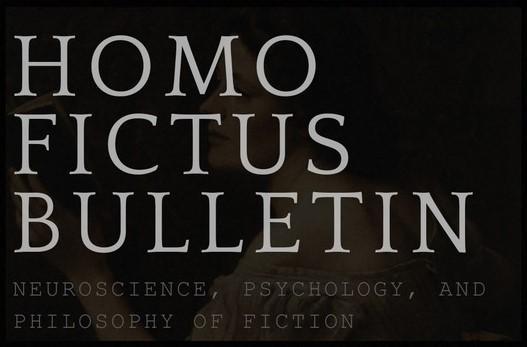Reading fiction is a pleasurable pastime. Yet, few stories represent socially marginalized groups, and many studies tend to focus on readers from a broad perspective, often overlooking individual differences. This approach can limit our understanding of how literature might support diverse groups. Among these groups, queer individuals present a fascinating population to study, particularly in how they engage with their identity through queer literature and whether such exposure can foster social outcomes like empathy. Queer individuals are people who identify outside of traditional gender norms and sexual orientations, such as those who are lesbian, gay, bisexual, transgender, asexual, non-binary, genderqueer, or genderfluid, among others. Queer fiction is literature that focuses on their stories and experiences. This could mean characters who identify as LGBTQ+, stories that dive into the complexities of gender and sexual identity, or themes like coming out, challenging societal expectations, or building relationships in ways that break away from the norm. In a recent study by Herb and Betts (2024), researchers explored how queer individuals interact with queer young adult (YA) literature and whether long-term exposure to these texts can influence their empathy. They posed an intriguing question: How does engagement with queer YA literature shape the development of empathy among queer readers?
Study overview
Herb and Betts conducted a qualitative study using focus groups to collect data. Focus groups allow participants to share their thoughts, feelings, and experiences in-depth, enabling researchers to explore complex issues. The study involved 23 queer participants, aged 18 to 30, divided into three focus groups to provide more space for participants to share their experiences and for researchers to manage the discussions. Over an eight-month period, participants met monthly to discuss pre-selected novels featuring queer protagonists.
The chosen texts represented a variety of queer experiences, spanning identities such as lesbian, gay, bisexual, transgender, asexual, intersex, genderqueer, genderfluid, and non-binary. The narratives were selected based on criteria such as literary merit, the presence of hope or positive resolutions, and themes like pride, resilience, challenging stereotypes, and promoting social justice and empathy.
Findings
For detailed information, please refer to the original article.
Herb,
A., & Betts, D. (2024). Queering the Book Club: Empathy Development Through
Young Adult Literature in Australian Discussion Groups. Children’s Literature in Education, 55(3), 432-448. https://doi.org/10.1007/s10583-022-09512-w
Picture Credit.
“The Reader” by William Tolliver




